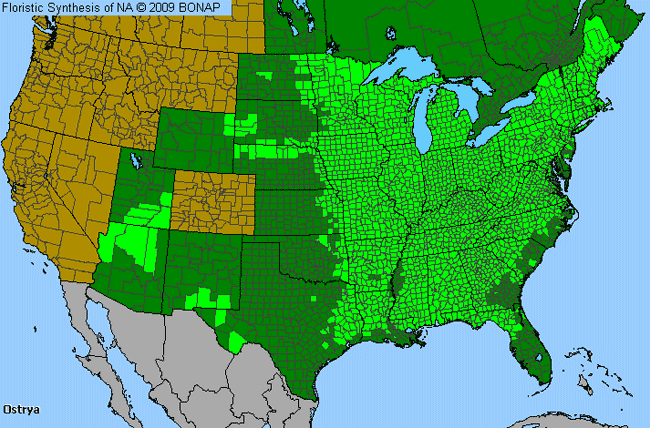Hop-Hornbeam (Ostrya)

Hop-Hornbeam Genus Details

Hophornbeams are small hardwood trees with leaves that resemble birch leaves. These leaves are simple and alternate. The trees grow in moist soils, and can reach heights of 50 feet. The fruit is a one seeded nut and is the source for the common name of "hop" hornbeam. The clusters tend to look like hops.
Hop-Hornbeam Allergy Info

Hophornbeams have been known to cause allergic reactions but exposure to the pollen is more limited than others in the allergenic Betulaceae family.
Hop-Hornbeam Pollen Description

Pollen grains are isopolar, suboblate to oblate or oblate-spheroidal and usually have 3 or occasionally 4 pores. The exine of hophornbeam pollen is granular.
Pollen grains vary in size from 16-20 x 21-24 micrometers.
Species in This Genus

Allergenicity Legend:
 Mild Allergen |
Mild Allergen |
 Moderate Allergen |
Moderate Allergen |
 Severe Allergen |
Severe Allergen |
 Allergy Test Available
Allergy Test Available
Hop-Hornbeam (Ostrya) is a genus of the BETULACEAE family.
This genus includes the following allergenic species:
This genus includes the following allergenic species:















